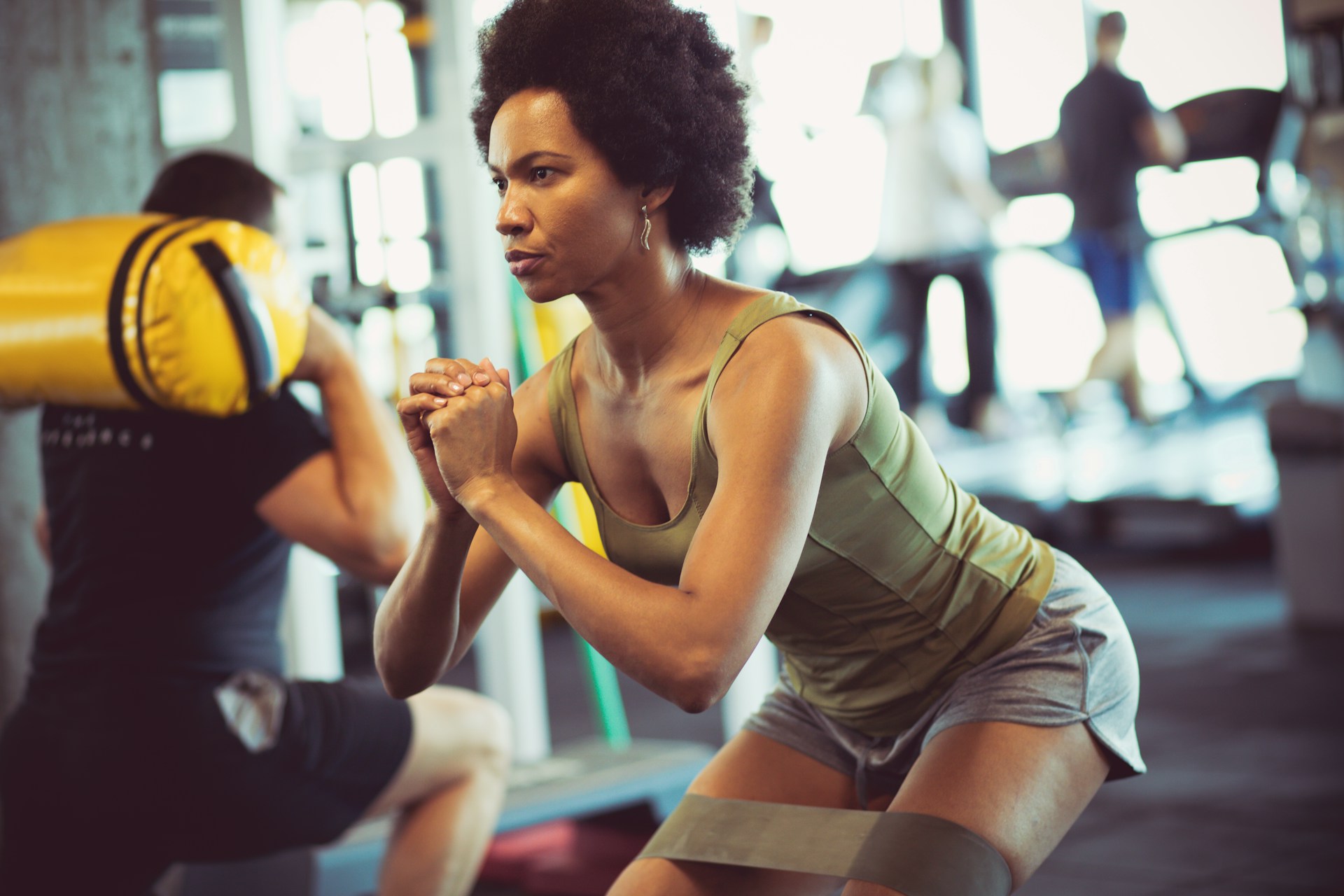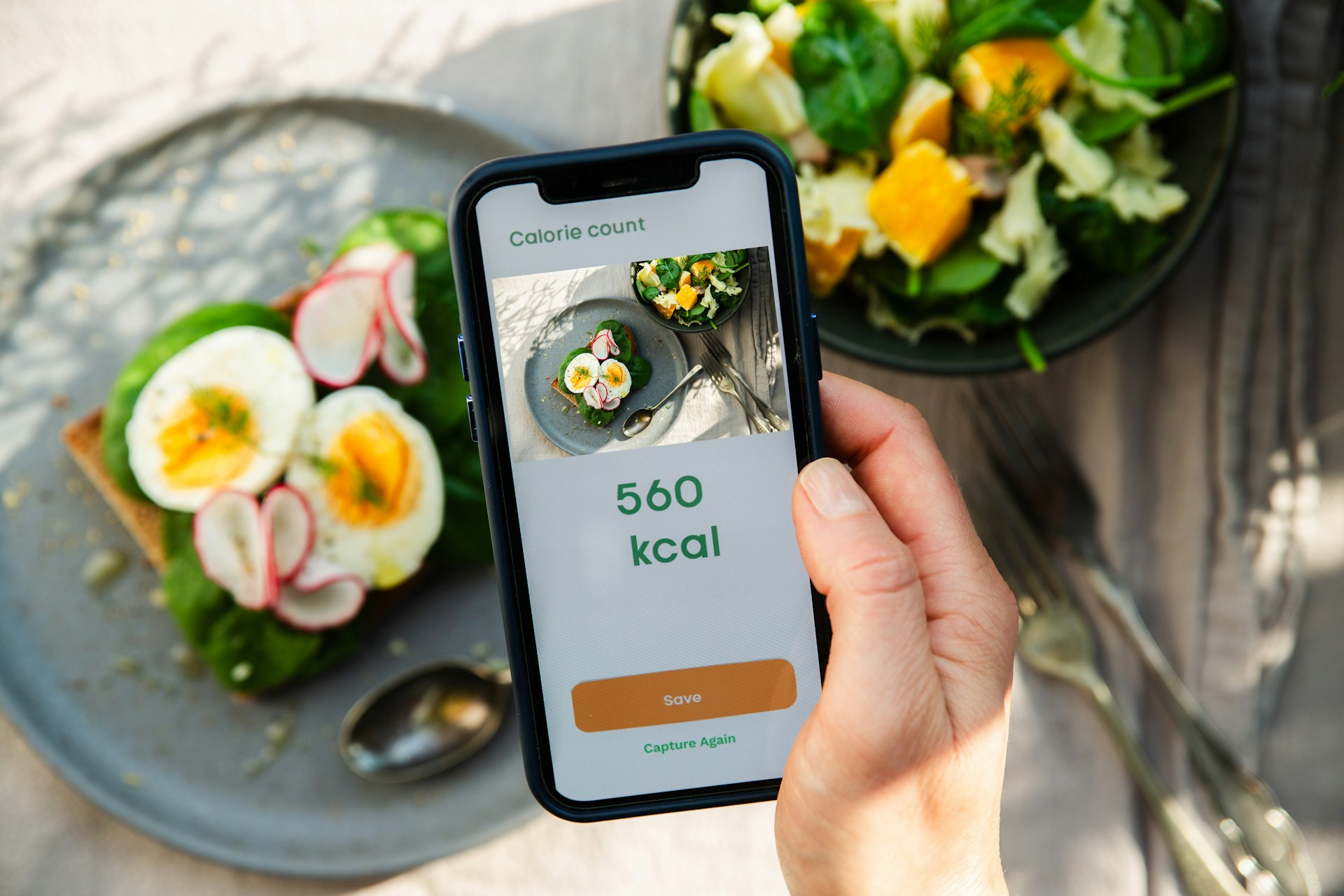Having the right level of estrogen in our body is key to maintaining our health. If you have low estrogen levels, here's how to increase estrogen naturally through diet, exercise, and stress reduction methods.

Having the right level of estrogen in our body is key to maintaining our health. If you have low estrogen levels, here's how to increase estrogen naturally through diet, exercise, and stress reduction methods.
You can increase estrogen naturally through diet (phytoestrogen-rich foods like flax seeds, soy, and lentils), regular exercise (cardio and strength training), stress reduction (meditation, yoga, adequate sleep), and maintaining healthy body weight. Medical options like hormone replacement therapy are available when natural methods aren't sufficient.
Estrogen is a key player in much of our body, our urinary tract, heart and blood vessels, bones, breasts, skin, hair, brain, and especially our reproductive tract. This sex hormone regulates our menstrual cycle, which means it's crucial to our fertility and overall health. If you're worried you might have low levels of estrogen, here's your comprehensive guide for how to increase estrogen naturally.
How do I know if I have low estrogen?
Because estrogen plays a role in different physiological functions within our bodies, low estrogen levels can lead to a range of symptoms and health concerns. Some common signs of low estrogen include:
- Irregular cycles
- Hot flashes
- Night sweats
- Vaginal dryness
- Mood swings
If you've noticed changes in your menstrual cycle, experienced discomfort during intercourse, or observed shifts in your emotional well-being, these could be potential indicators of low estrogen levels.
Why does low estrogen happen?
Low estrogen is a common hormonal imbalance as we age, as estrogen levels tend to decline as individuals approach menopause. Additionally, excessive physical stress, intense exercise, and certain medical conditions can disrupt the body's estrogen balance. Poor nutrition, including diets low in essential nutrients and healthy fats, can also impact estrogen synthesis.
>>RELATED: 8 Signs Your Hormones May Be Out of Balance – And What to Do Next
How to increase estrogen naturally
If you’re wondering how to increase estrogen naturally, you can start with some diet changes, lifestyle adjustments, and emotional regulation.
Load up on estrogen-friendly foods
Want to know how to increase estrogen in a (relatively) easy way? Incorporate foods rich in phytoestrogens into your diet.
Phytoestrogens are natural plant compounds that bear a striking resemblance to the estrogen produced by our bodies. Incorporating foods rich in phytoestrogens into your diet can naturally support and balance your estrogen levels.
>>RELATED: Oova 101: How Your Diet Can Affect Fertility
Examples of estrogen-friendly foods include:
- Flax seeds: Packed with lignans, these seeds can help regulate hormone levels. Add ground flaxseeds to your yogurt, smoothies, or oatmeal for an easy and nutritious boost.
- Soy products: Foods like tofu, tempeh, and edamame are rich in compounds called isoflavones that can mimic estrogen's effects.
- Lentils: Not only are lentils a great source of plant-based protein, but they also contain phytoestrogens that can contribute to hormonal health. Whether in soups, salads, or stews, lentils are versatile and easy to include in various dishes.
- Chickpeas: These contain compounds like genistein and daidzein that have estrogen-like properties. Hummus lovers, rejoice – chickpeas are a staple ingredient in this creamy spread that can be enjoyed with veggies or whole-grain crackers.
- Whole grains: Whole grains like oats, quinoa, and brown rice contain lignans and other phytoestrogens that can help support your estrogen levels.
- Garlic: Garlic has a ton of different health benefits, from lowering cholesterol to preventing blood clots. Research suggests that garlic can affect blood estrogen levels.
Incorporating these estrogen-friendly foods into your meals can be a simple and delicious way to naturally support your hormonal health. Remember that variety is key – aim to include a mix of these foods in your diet to maximize their benefits. While these foods can contribute positively to your estrogen levels, it's also important to maintain a balanced diet overall and consult with a healthcare professional if you have specific health concerns.
Move your body regularly
Exercise isn’t just good for our muscles, heart, and overall fitness—it can also play a significant role in hormonal health. Exercise also stimulates the release of estrogen. This helps maintain hormonal balance within your body, influencing everything from mood and energy levels to metabolism and bone health.
To make the most of exercise for maintaining estrogen balance, it's important to strike a balance between different types of workouts.
- Cardiovascular exercises, such as running, cycling, and swimming, can help improve blood circulation and enhance hormonal regulation.
- Strength training, which includes lifting weights or using resistance bands, helps build muscle mass and support bone health, both of which are intricately tied to estrogen levels.
>>MORE: Learn what exercise is best during different parts of your cycle.
Getting started with regular exercise doesn't mean you have to dive into intense workouts right away. Aim for at least 150 minutes of moderate-intensity aerobic activity or 75 minutes of vigorous-intensity activity per week, along with muscle-strengthening exercises on two or more days.
Remember, the goal is consistency. Find activities that bring you joy and make them a part of your routine. Whether it's going for a brisk walk, trying a dance class, or hitting the gym, the key is to stay active and enjoy the process.
Reduce stress
Chronic stress can throw off the delicate balance of hormones in your body, potentially leading to disruptions in your menstrual cycle, mood swings, and even affecting estrogen production.
When you're under stress, your body produces a hormone called cortisol, often referred to as the "stress hormone." While cortisol has its role in dealing with short-term stressors, prolonged stress can lead to an imbalance in other hormones, including estrogen. This hormonal imbalance can result in irregular periods, fertility issues, and other health concerns.
Some stress reduction techniques include:
- Meditation
- Yoga
- Deep-breathing
- Prioritizing self-care
- Finding support systems
- Getting enough sleep
- Moving your body regularly
- Eating a diet that makes you feel energized
As you weave stress reduction practices into your lifestyle, you're not only calming your mind but also supporting your hormonal health. By reducing cortisol levels and allowing your body to return to a state of balance, you're indirectly aiding in maintaining optimal estrogen levels.
Exploring other methods to increase estrogen
While there are natural ways to boost estrogen levels, you can also consider medical interventions in certain situations. These methods are typically prescribed and supervised by healthcare professionals when natural approaches are insufficient or inappropriate.
Hormone replacement therapy
Hormone replacement therapy (HRT) involves the use of synthetic or bio-identical hormones to supplement the body's own hormone production. It's commonly used to address symptoms of menopause, such as hot flashes and vaginal dryness, which are often associated with low estrogen levels. HRT can come in various forms, including pills, patches, creams, and injections.
Oral contraceptives
Often referred to as birth control pills, these contraceptives contain synthetic hormones that regulate the menstrual cycle and prevent pregnancy. These hormones, including estrogen, can help maintain steady hormone levels and manage conditions like irregular periods, polycystic ovary syndrome (PCOS), and endometriosis.
Selective estrogen receptor modulators (SERMs)
Selective estrogen receptor modulators (SERMs) are medications that interact with estrogen receptors in the body. They can act as either estrogen agonists (mimicking estrogen's effects) or antagonists (blocking estrogen's effects). SERMs are used for various purposes, such as treating osteoporosis and reducing the risk of certain types of breast cancer.
Aromatase inhibitors
Aromatase inhibitors are medications used to treat estrogen-dependent breast cancer. They work by inhibiting the production of estrogen in postmenopausal women, which can help slow the growth of certain types of tumors.
Estrogen implants and injections
Providers often recommend implants and injections for rapid and precise hormone delivery. These methods can provide controlled doses of estrogen and are typically used under medical supervision.
It's important to note that these non-natural methods come with potential risks and side effects. They should only be considered under the guidance of a qualified healthcare professional who can assess your individual health situation and recommend the most appropriate treatment plan. When discussing any medical interventions, be sure to ask about potential benefits, risks, and alternatives to make an informed decision that aligns with your health goals and needs.
How to increase estrogen: the bottom line
Low estrogen levels can lead to a range of symptoms and health concerns, but there are ways to increase estrogen both naturally and with medication. Making changes to your diet, getting regular exercise, and lowering stress levels are all natural ways to increase estrogen.
If those aren’t working for you, seeking the advice of a healthcare professional can help you get the help you need—so you can achieve the right hormonal balance.
Frequently Asked Questions About Increasing Estrogen
What foods increase estrogen levels naturally?
Foods high in phytoestrogens can help increase estrogen naturally. The best options include flax seeds (high in lignans), soy products (tofu, tempeh, edamame), lentils, chickpeas, whole grains (oats, quinoa, brown rice), and garlic. These plant compounds mimic estrogen's effects in the body.
How long does it take to increase estrogen naturally?
With consistent dietary and lifestyle changes, you may notice improvements in symptoms within 4-8 weeks. However, significant hormonal changes typically take 2-3 months. Tracking your cycle and symptoms can help you monitor progress.
Can exercise increase estrogen levels?
Yes, moderate exercise stimulates estrogen release and helps maintain hormonal balance. Aim for 150 minutes of moderate cardio weekly plus strength training twice per week. However, excessive exercise can actually lower estrogen, so balance is key.
What are the signs that my estrogen is increasing?
Signs of rising estrogen include more regular menstrual cycles, reduced hot flashes, improved vaginal lubrication, better mood stability, increased energy, and improved skin elasticity. You may also notice reduced symptoms that originally indicated low estrogen.
Does stress affect estrogen levels?
Yes, chronic stress elevates cortisol, which can suppress estrogen production and disrupt hormonal balance. Stress reduction through meditation, yoga, adequate sleep, and self-care practices helps maintain optimal estrogen levels.
When should I consider medical treatment for low estrogen?
Consider medical intervention if natural methods don't improve symptoms after 3 months, if symptoms severely impact quality of life, if you're experiencing early menopause (before 40), or if you have fertility concerns. Hormone replacement therapy may be appropriate in these cases.
About the author

Sources
- Cleveland Clinic. (2024). Estrogen Hormone Levels.
https://my.clevelandclinic.org/health/articles/22353-estrogen - Domínguez-López I, et al. (2020). Effects of Dietary Phytoestrogens on Hormones throughout a Human Lifespan. Nutrients, 12(8), 2206.
https://www.ncbi.nlm.nih.gov/pmc/articles/PMC7468963/ - The North American Menopause Society. (2024). Hormone Therapy Position Statement.
https://www.menopause.org/docs/default-source/professional/nams-2024-hormone-therapy-position-statement.pdf - An KC. (2016). Selective Estrogen Receptor Modulators. Asian Pacific Journal of Cancer Prevention, 17(6), 2859-2861.
https://www.ncbi.nlm.nih.gov/pmc/articles/PMC5454748/ - Reed SD, et al. (2014). Menopausal quality of life: RCT of yoga, exercise, and omega-3 supplements. American Journal of Obstetrics & Gynecology, 210(3), 244.e1-244.e11.
https://pubmed.ncbi.nlm.nih.gov/24215851/ - Fabian CJ. (2007). The what, why and how of aromatase inhibitors. International Journal of Clinical Practice, 61(12), 2051-2063.
https://pubmed.ncbi.nlm.nih.gov/17892469/
About the Oova Blog:
Our content is developed with a commitment to high editorial standards and reliability. We prioritize referencing reputable sources and sharing where our insights come from. The Oova Blog is intended for informational purposes only and is never a substitute for professional medical advice. Always consult a healthcare provider before making any health decisions.



